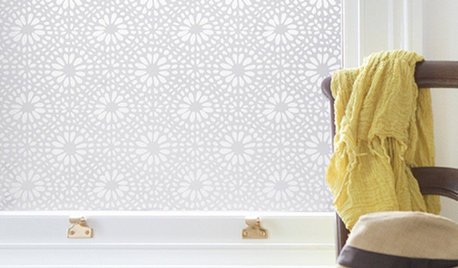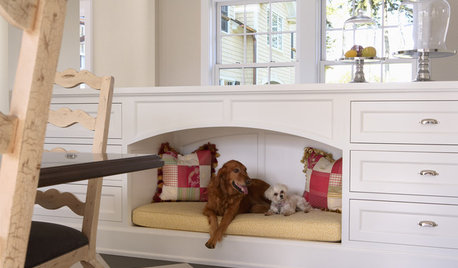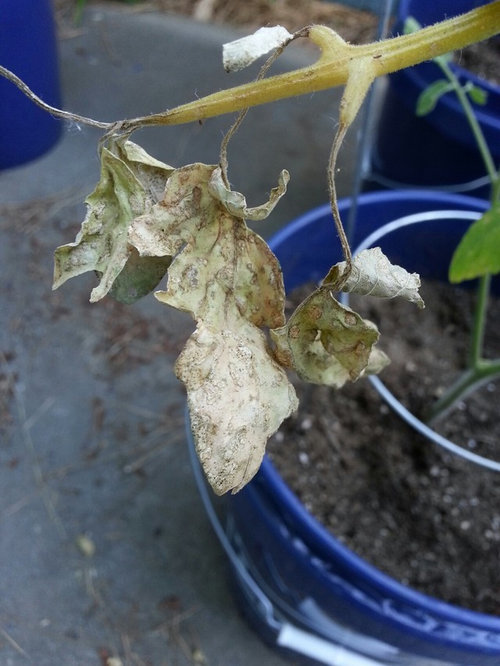Tomato Leaves Problem
User
10 years ago
Related Stories

EDIBLE GARDENSSummer Crops: How to Grow Tomatoes
Plant tomato seedlings in spring for one of the best tastes of summer, fresh from your backyard
Full Story
FALL GARDENING5 Ways to Put Fall Leaves to Work in Your Garden
Improve your soil and yard the organic way with a valuable garden booster that grows on trees
Full Story
DECLUTTERINGDownsizing Help: Choosing What Furniture to Leave Behind
What to take, what to buy, how to make your favorite furniture fit ... get some answers from a homeowner who scaled way down
Full Story
DECORATING GUIDESSolve Privacy Problems With Window Film
Let the light in and keep prying eyes out with an inexpensive and decorative window film you can apply yourself
Full Story
GARDENING GUIDESWhat's Wrong With My Plant? Leaves Often Hold the Clues
Learn how to identify common plant ailments by reading their leaves
Full Story
REMODELING GUIDESThe Hidden Problems in Old Houses
Before snatching up an old home, get to know what you’re in for by understanding the potential horrors that lurk below the surface
Full Story
LANDSCAPE DESIGNProblem Solving With the Pros: How to Build a Garden in an Urban Canyon
Skyscrapers, noise and deep shade create an unlikely sweet spot for a timeless green retreat in New York City
Full Story
GARDENING GUIDESSolve 3 Common Landscape Problems — With More Plants
Sometimes the best defense is a good offense
Full Story
ECLECTIC HOMESHouzz Tour: Problem Solving on a Sloped Lot in Austin
A tricky lot and a big oak tree make building a family’s new home a Texas-size adventure
Full Story
DECORATING GUIDES5 Pet Problems Solved by Design
Design-Friendly Ideas for Pet Beds, Bowls, Doors — and yes, the Litter Box
Full Story







edweather USDA 9a, HZ 9, Sunset 28
UserOriginal Author
Related Professionals
Ballenger Creek Landscape Architects & Landscape Designers · Forest Acres Landscape Architects & Landscape Designers · Canby Landscape Contractors · Paramount Landscape Contractors · Plymouth Landscape Contractors · San Carlos Park Landscape Contractors · Tyngsboro Landscape Contractors · Goldenrod General Contractors · Leon Valley General Contractors · Natchitoches General Contractors · Jericho Stone, Pavers & Concrete · Arbutus Decks, Patios & Outdoor Enclosures · Hot Springs Village Decks, Patios & Outdoor Enclosures · New Berlin Decks, Patios & Outdoor Enclosures · Springfield Decks, Patios & Outdoor EnclosuresUserOriginal Author
UserOriginal Author
UserOriginal Author
UserOriginal Author
edweather USDA 9a, HZ 9, Sunset 28
UserOriginal Author
Bets
edweather USDA 9a, HZ 9, Sunset 28
seysonn
Bets
edweather USDA 9a, HZ 9, Sunset 28
sjetski
garystpaul
suncitylinda
UserOriginal Author